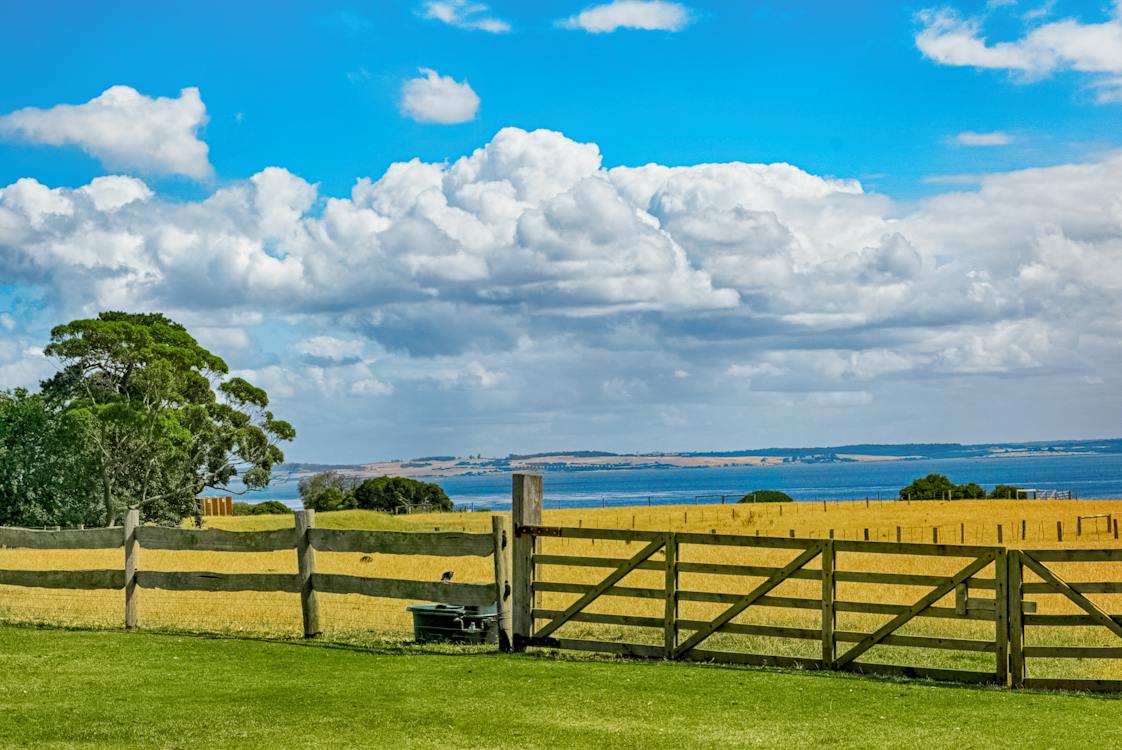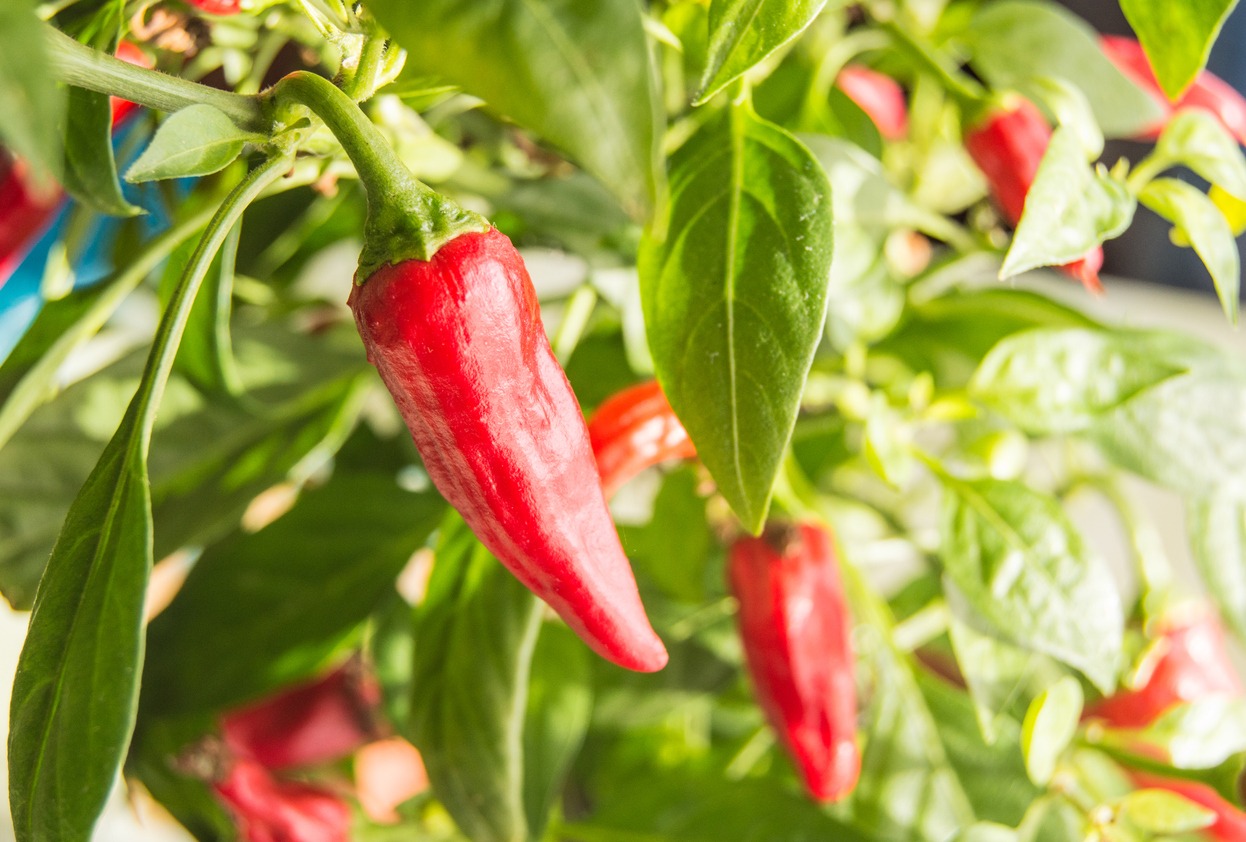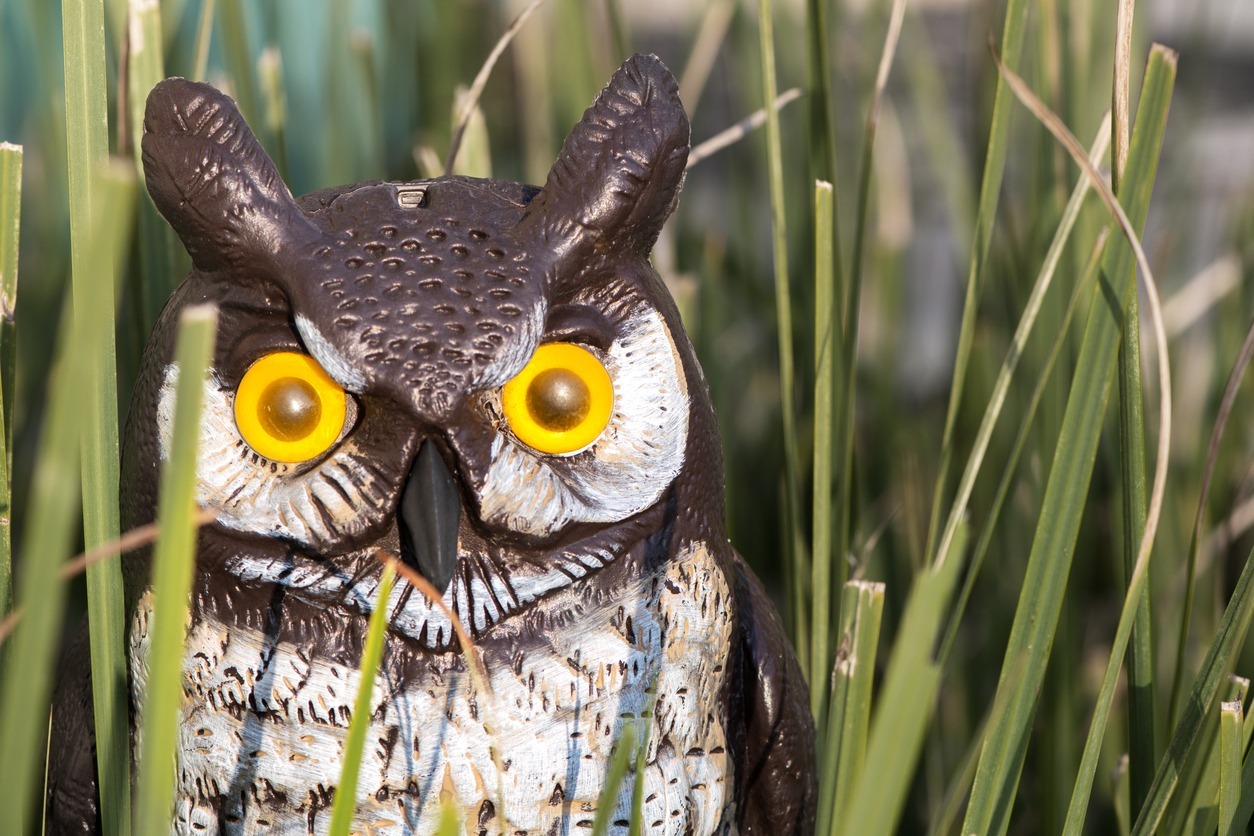There’s nothing more exciting than reaping the harvest of the plants you’ve sown. Gardening is a fun and engaging hobby – not to mention it gives you delicious and nutritious rewards. However, gardening can also be fickle, especially if you have a horse stable nearby, and they realize how tasty your produce is. Also, if there are other animals and critters around, they might also be attracted to your newly planted veggies. Like it or not, animals aren’t selective about what’s yours and what’s theirs.
While it’s not possible to make your garden completely protected from horses and other animals, here are a few ways to minimize the nibbling:
Build a fence.
Fencing is the most effective and sometimes the only way to keep unwanted visitors out of your garden. Put up a fence from the start to prevent the animals from finding the food source in the first place. A fence that’s a few feet tall will work for rabbits and raccoons, though persistent ones may burrow under. To prevent this from happening, bury your fence about 10 feet deep.
For horses, it’s best if you place your vegetable garden in a contained space away from their stables, but if you don’t have the luxury of space, at least build a fence around it.
For small mammals, chicken wire, rabbit fencing, and hardware cloth are the least expensive alternatives. A fence that’s at least four feet tall will work for keeping away deer, but if deer overrun your neighborhood, you may need one that’s eight feet tall. At this height, you most likely run into problems if you’re living in the city or the suburbs.
Keep in mind that tall solid fencing will cast a shade if your planting areas are placed near the fence, especially in early spring and late fall or winter when the sun is lower on the horizon. A more effective method for tall fencing is to block the runway and landing area that deer have to jump a lower fence.
Fencing can be pricey, especially if you’re fencing in a large backyard. Another alternative is to fence in your garden beds simply, but you need to watch out for the shade cast by the fence. You may also need a gate to enter and exit the garden to take care of your plants and harvest.
Plant in raised beds.
Fences and full enclosures may protect your garden from climbing animals, but not the burrowing ones. Some can dig in quite deep and still enter your garden, even with fencing or polytunnels and greenhouses.
The way to prevent this from happening is to block their access from below. This can be done by putting your plants in a raised bed. It’s hard to do with in-ground beds, which is why planting in raised beds is recommended if you live in an area with lots of burrowing animals.
If you already have raised beds, empty them first of soil and plants, then staple a fine enough mesh or hardware cloth on the inside at the bottom. Alternatively, you can attach the mesh to the bottom of the sides of the bed as you’re building it.
Mae sure to secure it well to the inside of the sides of the raised bed because if you leave any small gap between the mesh and sides, an animal can find its way in.
Depending on your vegetable garden design, you can also plant in containers if you are short on space. However, you need to protect the top from access by using some sort of fencing or portable cover.
Plant barrier plants.
Some plants can act as natural deterrents to certain animals. Just as some plants can keep mosquitoes and other pests away, there are plants you can add to your garden to deter deer, horses, and other animals from entering your garden.
While it’s true that when animals are hungry, they will eat anything, there are fewer appealing plants than others. Add plants that are highly aromatic, fuzzy, or have prickles on the edges of your vegetable garden. Garlic, oregano, and rosemary are good plant choices. Ornamental grasses, barberry, and holly can also work well. Look and ask around your neighborhood to see what works, or talk to nurseries and other garden owners for recommendations of less tempting plants that grow well in your region.
One plant that’s proven to keep away unwanted critters like deer, rabbits, squirrels, and even bears. Hot peppers contain capsaicin, which burns an animal when they taste it.
You can make cayenne pepper tea and use it to spray on plants, leaves, and bird feeders as a natural deterrent. All you need to do is to cut four cayenne peppers lengthwise, chop them, put them in a container, then let them sit on 1 ½ cups hot water and ½ cup white vinegar. Seal the container tightly and let it sit for four days. When settling is done, strain it and put the liquid mixture in a spray bottle. Add three tablespoons of vegetable oil and a teaspoon of dishwashing liquid.
Protect your new plants and seedlings.
New nursery plants, which have been pampered and fertilized before buying, offer delectable and tender new growth. Whether it’s tasty or deterrent to animals has to do with the chemicals and nutrients a plant produces. Plants recently purchased from a nursery are more nutritious, and animals can sense these, so they are naturally attracted to them. New plants and seedlings can’t withstand as much grazing damage as established plants. Make sure you protect them from critters. Fence them off or use trunk wraps or protectors once you plant them in the ground.
Make a beer trap.
When thinking of animals that may prey on your veggies, slugs may not come first to your mind. But they are the pests that munch on the leaves of vegetables, which can cause your veggies to die. To keep slugs away, make a beer trap using beer and a shallow container. You can use a clean, used yogurt cup to make the trap. Fill it with beer, leaving an inch between the rim of the cup. Then, bury the cup in the soil, so the top is level with the soil. Pests like slugs and snails will get attracted and drown in the container.
Keep your compost contained.
If you’re composting, remember that an open compost pile will attract all kinds of creatures to your property. Then, these creatures may discover the other delicacies in your backyard. Make sure you use a self-contained compost bin with a lid to keep animals away.
Scare them away.
There are some visual deterrents that you can use to scare critters and birds away. Bird tape, metallic streamers, fake plastic owls, and an old-fashioned scarecrow can scare away animals, especially birds, that will think there’s a human in the garden. Make sure you move it around daily. Don’t let it sit on one location because animals can get used to this, and the technique will lose its effectiveness.
Lights and motion-activated sprinklers are also other possible deterrents you can use, especially for mammals. There are also auditory deterrents like ultra-sonic generators that produce a frequency that only animals can hear. Some gardeners simply play a loud radio outdoors, especially on a talk show channel.
Another alternative is to spray predator urine around your garden. Examples of predator urine you can find are coyote urine and wolf urine. It keeps vegetable predators like horses and deer at bay because of its foul smell. These sprays need to be applied regularly, as when the scent dissipates, the animals will think the “predator” is gone.





